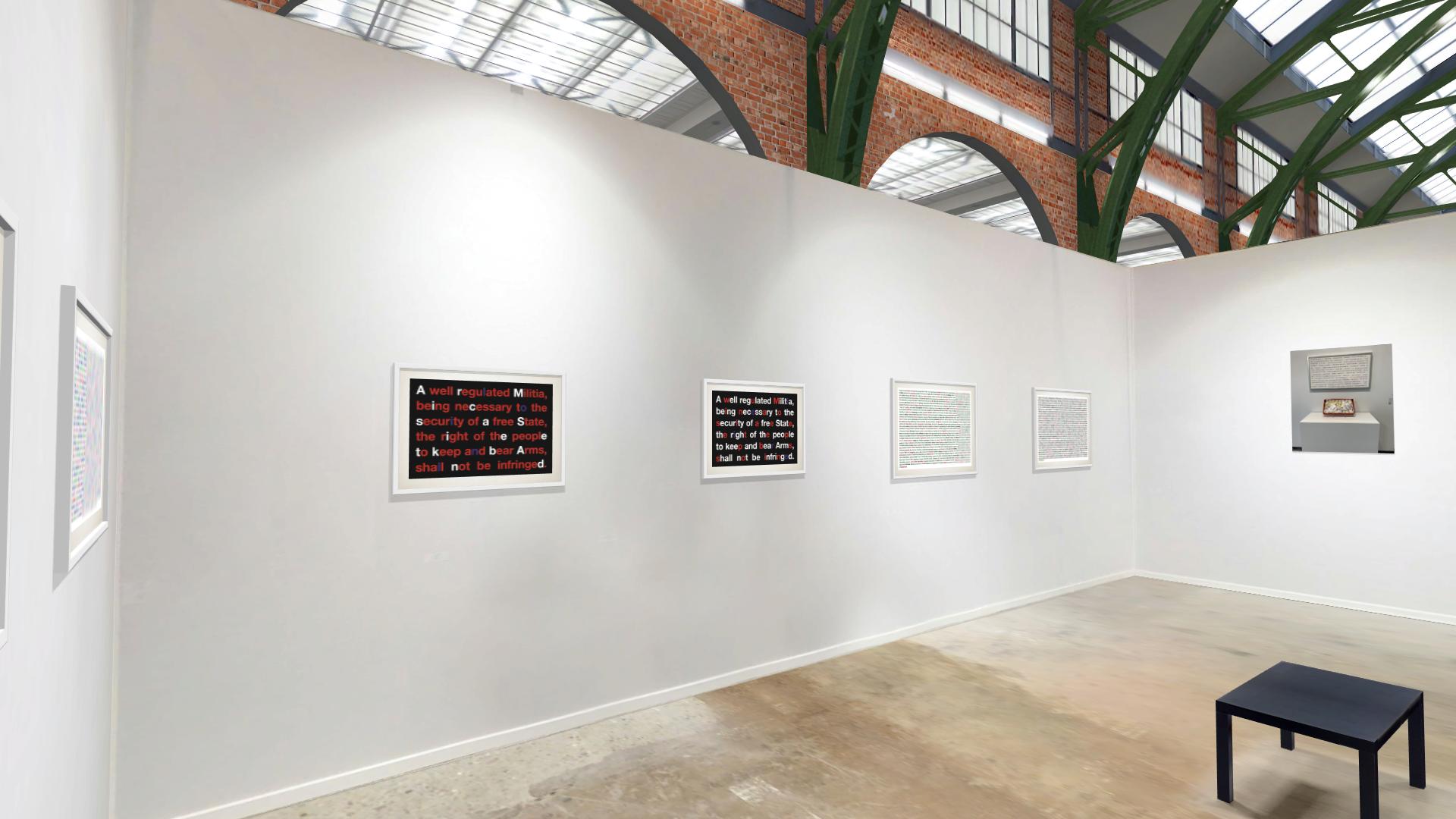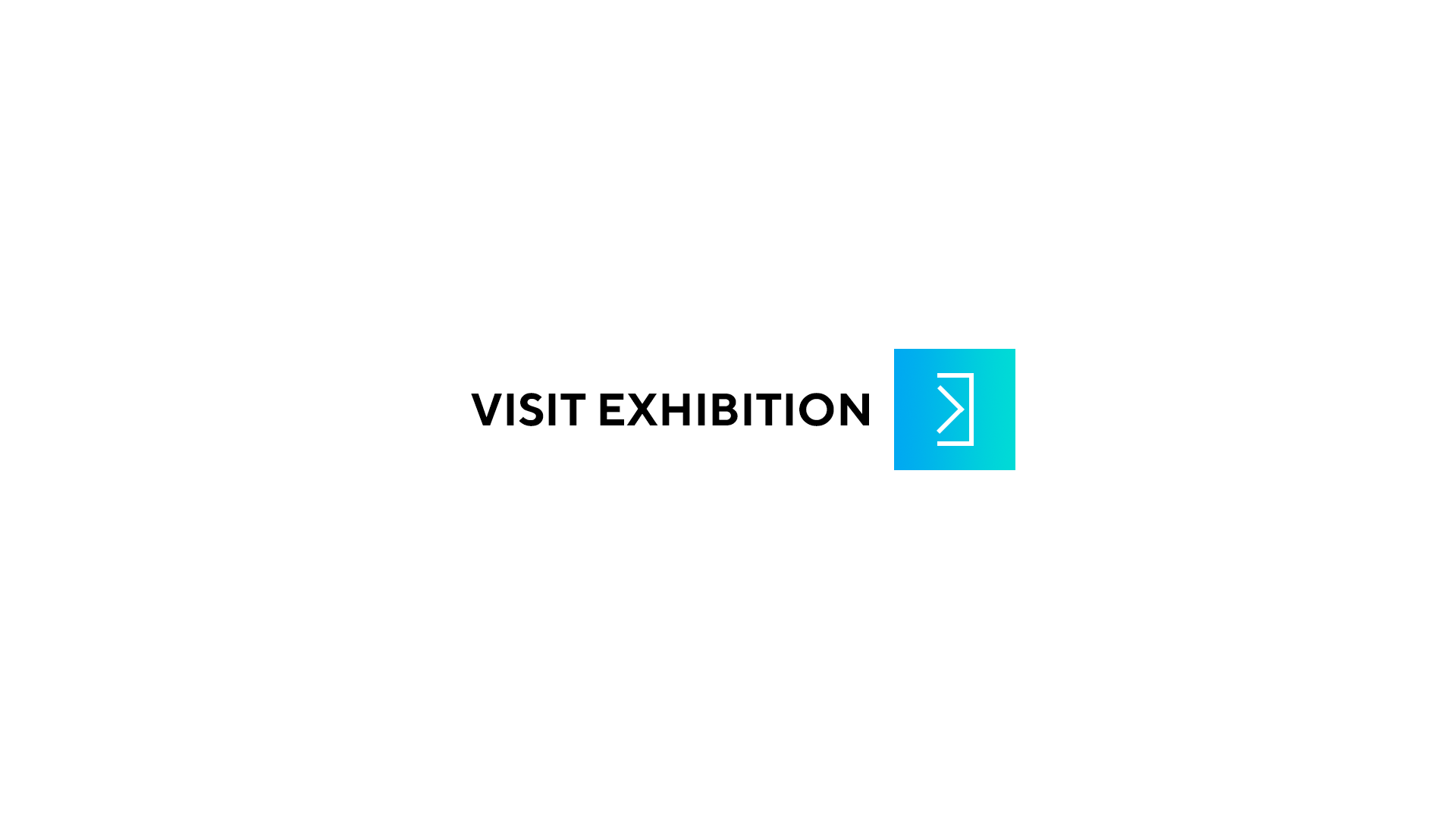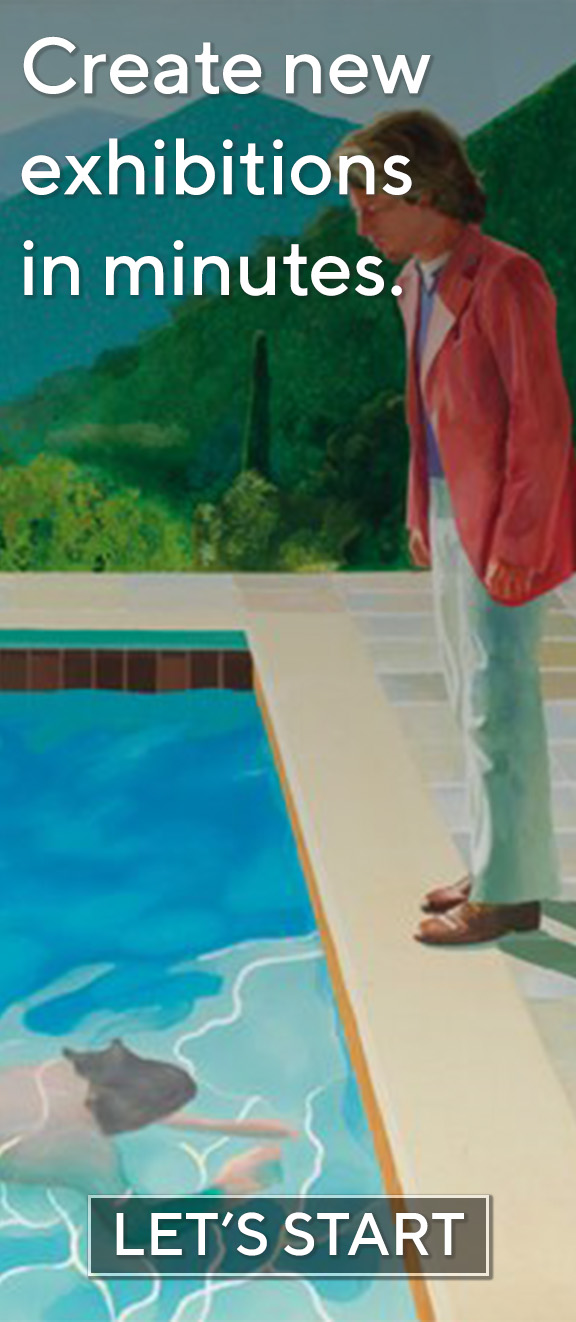

and activism. In the last five years, I believe, I have truly found my
artivist voice.
My work is the intersection of Fine Art, Graphic Design, Law, Statistics and Human Rights. My work
confronts the social issues of our time. Whether making art as a form of activism, criticism, instruction, or
inspiration, I see my work as a response to challenging es... more >> I consider myself to be an "artivist," someone who combines art
and activism. In the last five years, I believe, I have truly found my
artivist voice.
My work is the intersection of Fine Art, Graphic Design, Law, Statistics and Human Rights. My work
confronts the social issues of our time. Whether making art as a form of activism, criticism, instruction, or
inspiration, I see my work as a response to challenging established thought and provoking change
through public discourse. Some artists create art to bring about change, for example ending the war in
Vietnam or combating the AIDS crisis. My work is in reaction to activism happening in the streets and
online.
As an African American woman my connection to my art is personal and inescapable. My race gives me
a unique perspective into social inequities. Black women have historically stood up during times of social
polarization and I’m no different in response to the current environment in this country.
I am emulating W. E. B. DuBois, who put together a groundbreaking exhibit about African Americans for
the 1900 World's Fair in Paris. He used colorful charts, graphs and maps to help bring attention to the
circumstances of the American negro at that time. Some of the charts he made explored the African
American Census Indicators for the year 1900 for negro businesses, occupations, religion & families. My
work brings attention to different race, gender and social inequalities which currently exist.
I explore larger societal issues such as gun violence and the opioid epidemic to name a few and to
express these ideas through the creation of visual art. I have used “Title VII” and the “1994 crime bill” as
content for my art. I will continue to research laws and other data that pertain to social inequities to
educate and bring awareness of our laws and our rights as U.S. citizens.
As a universal language, the arts have always been an effective tool for addressing social issues.
“Artivism” or activist art is a form of social protest that explores cultural and political concerns. However, it
is much more than just an innovative tactic, Artivism involves an entire practice that attempts to inspire
positive change in society.
Critical thinking is the cornerstone of an educated citizenry. Equally, important is the practice of extending
empathy: valuing and validating viewpoints different from our own. In addition, inquiry is the training of
curiosity for the sake of making discovery and stoking growth from within.
It is through statistics and data that help shape how people know the world. It is my hope that I will
increase awareness of social inequality as it exists today, by offering my artwork as way to connect to
relevant data in a visually meaningful experience.
Through my artwork I’m demonstrating that we can have an impact on societal ills through Art.










